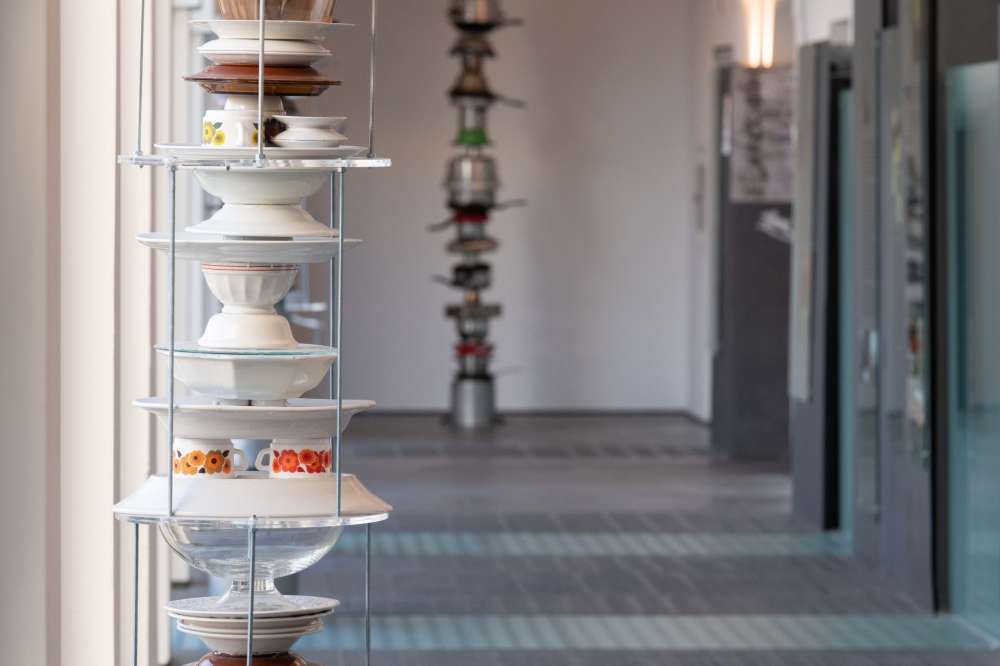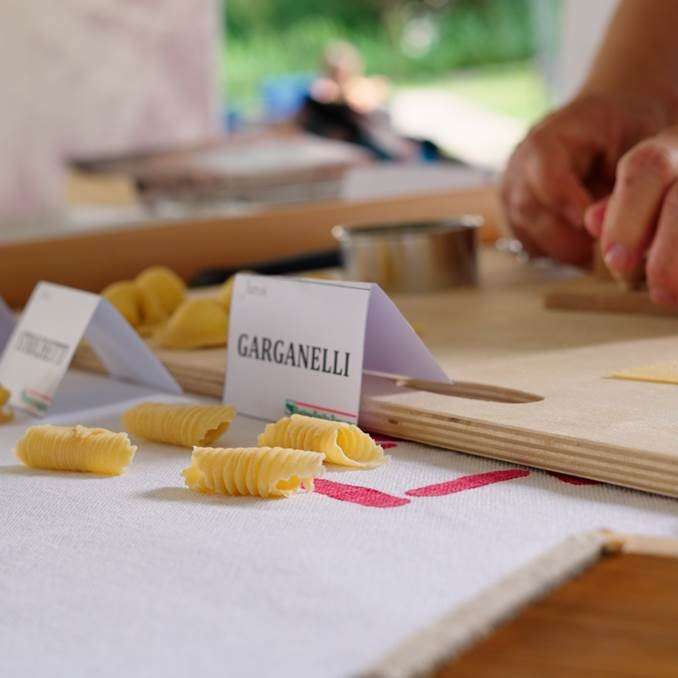
Services for Tourists
“In Romagna, even if you have just met once or twice, a friendship is born, an understanding, that feels you have known each other for twenty years” Pellegrino Artusi

Guided tours
Come and learn about the history of Pellegrino Artusi and his book, Science in the Kitchen and the Art of Eating Well, with a guided tour of the gastronomic centre of culture dedicated to domestic cooking: the courtyard, gallery of recipes, Chiesa dei Servi (church), loggia with its museum panels, gastronomic library, Pellegrino Artusi's study with his correspondence and the cookery school.

Incoming
We organise incoming? activities for tourists in association with prominent travel agencies and tour operators:
Transport around Italy Overnight stays in farmhouses and charming countryside locations in the countryside, in the best hotels in cities of art, in the spa resorts of Bagno di Romagna, Fratta Terme and Castrocaro Terme and along the Adriatic coast.
Professional tour leader/translator,
Authorised tourist guides,
Visits to companies in the same supply chain or primary factories,
Private cooking classes and motivational activities offering the opportunity to savour local recipes.
Forlimpopoli, the birthplace of Pellegrino Artusi, is located along the Via Emilia, in the very heart of Romagna, between Forlì and Cesena. It is characterised by the imposing building of the fortress, Rocca Albornoziana, clearly visible from the ancient Roman road. The altarpiece of the Annunciation by Marco Palmezzano is housed in the church, Chiesa dei Servi, built in the mid-15th century by the Servants of Mary. Bertinoro, town of wine, is located in the surrounding hills. The main square offers a breathtaking view from San Marino to Ravenna. The fortress houses a museum dedicated to three different religions. Not far from the foothills of the Tuscan-Romagnolo Apennines lies Forlì, a town of Roman origin. In the centre, there are the Basilica of San Mercuriale, built in the 12th century and the Palazzo Comunale, del Podestà and Albertini. The prestigious San Domenico Museum, located in the recently restored architectural complex of the same name, hosts exhibitions of international importance each year. Closer to sea is Cesena, overlooked by an imposing fortress, the Rocca Malatestiana. The Biblioteca Malatestiana (library) was founded in 1447, and has remained almost completely unaltered since. It has also been listed in UNESCO’s Memory of the World Register. In the historical centre there are the Fontana del Masini (fountain) and 19th century Teatro Bonci (theatre). Romagna is a land of great geographical variety, enclosed to the west by the Tuscan-Romagnolo Apennines. It comprises the eastern part of the Casentinesi Forests, Monte Falterona and Campigna National Park. Three important spa towns are also located in the area, namely Bagno di Romagna (in the National Park), Fratta Terme and Castrocaro Terme.
The hinterland of Romagna also includes San Mauro Pascoli, the birthplace of the great poet and Sarsina, seat of an important archaeological museum and birthplace of Tito Maccio Plautus.
Ravenna, an ancient Byzantine city, is considered the mosaic capital. Eight monuments have been declared World Heritage Sites: the Basilica of San Vitale, the Mausoleum of Galla Placidia, the Mausoleum of Theodoric, the Basilica of Sant'Apollinare Nuovo and Sant'Apollinare in Classe, the Baptistery of the Arians, the Neonian Baptistery and the Chapel of Sant'Andrea inside the Archiepiscopal Museum.
The coast of Romagna, well-known to tourists and a number of towns which are important for both their history and architecture are also part of it. Rimini, the largest of them all and one of the most famous tourist resorts by the sea, features numerous Roman remains, including the Tiberius Bridge, the Arch of Augustus, Castel Sismondo and the Malatesta Temple.
Other highly important tourist locations are Cervia, the town of salt immersed in the Po Delta Park, and Milano Marittima, one of the most elegant resorts along the Riviera of Romagna. Cesenatico hosts the floating Maritime Museum, located in the canal port designed by Leonardo da Vinci.

